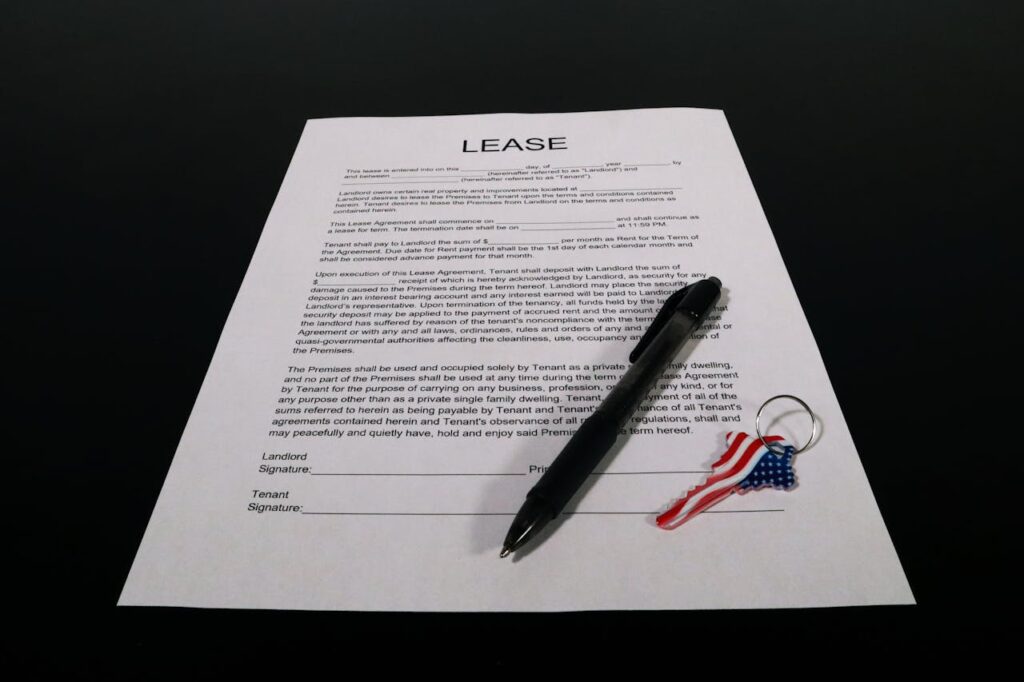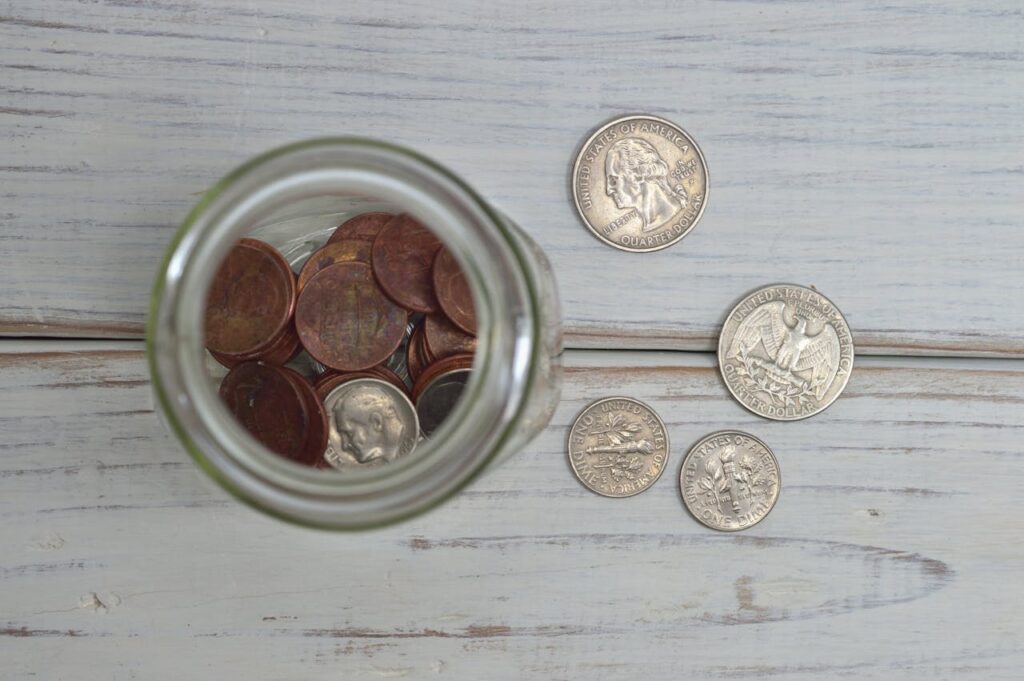The unconventional savings story that proves small changes can create big results
When I announced my goal to save $10,000 in a single year, friends and family immediately started offering the usual advice: “Cut out your daily coffee,” “Stop eating avocado toast,” and “Cancel all your subscriptions.” While well-meaning, this advice missed something crucial—I wasn’t willing to live like a monk to reach my savings goals.
Here’s the truth: I saved $10,247 in 12 months while still enjoying my daily $4.50 oat milk latte, dining out regularly, and maintaining the lifestyle I loved. The secret wasn’t deprivation—it was strategy.
The Coffee Myth That’s Holding You Back
Before diving into what actually worked, let’s address the coffee elephant in the room. Personal finance “experts” love to demonize small daily purchases, claiming your $5 coffee habit is what’s keeping you broke.
The math on my coffee habit:
- Daily coffee cost: $4.50
- Annual coffee spending: $1,642 (assuming I buy coffee 365 days a year)
- Potential annual savings if I quit: $1,642
Even if I had eliminated coffee entirely, I would have only reached 16% of my $10,000 savings goal. The obsession with cutting small pleasures is missing the bigger picture.
“This optimization approach works because it aligns with how your brain actually processes financial decisions. Learn more about The Psychology of Saving: Why It’s So Hard and How to Make It Easy.”
The real problem isn’t your coffee—it’s the lack of a systematic approach to saving.
The Mindset Shift That Changed Everything
My breakthrough came when I stopped thinking about saving as deprivation and started viewing it as optimization. Instead of asking “What can I cut?” I asked “How can I save the same amount while keeping what I love?”
This reframing led to three core principles:
- Automate first, optimize second
- Focus on big wins before small wins
- Make saving invisible to your daily experience
“The automated systems described here work best within a structured budget framework. Consider implementing The 50/30/20 Rule Explained: Can It Really Fix Your Finances? to organize these savings strategies.”
Strategy 1: The Stealth Savings System

What It Is: Automatically saving money before you have a chance to spend it.
How I Implemented It:
- Set up automatic transfers of $417 twice monthly (totaling $834/month)
- Transfers happened on paydays before I saw the money
- Used a separate high-yield savings account at a different bank
- Made the savings account difficult to access (no debit card, no mobile app)
The Psychology: When money isn’t easily accessible, you naturally adjust your spending to your available funds. Within two months, I completely forgot about the automatic transfers.
Monthly Savings: $834
Annual Total: $10,008
Yes, this one strategy alone would have gotten me to my goal, but I wanted to create a buffer for unexpected expenses.
Strategy 2: The Income Optimization Game

Instead of cutting expenses, I focused on increasing income through small but consistent efforts.
Side Hustle Stack:
- Freelance writing: 5 hours weekly, averaging $200/month
- Selling unused items: Monthly decluttering sessions, averaging $150/month
- Cashback optimization: Strategic credit card use, averaging $75/month
Skill Monetization:
I identified skills I already had and found ways to monetize them:
- Photography: Shot three events, earning $900 total
- Social media management: Helped two local businesses, earning $2,400 over 8 months
- Tutoring: Math tutoring via online platforms, earning $1,600 over 6 months
Annual Additional Income: $9,225
Strategy 3: The Big-Ticket Audit

While keeping my coffee, I ruthlessly examined large, invisible expenses that were silently draining my finances.
Housing Optimization:
- Negotiated rent reduction by signing a longer lease: Saved $1,200/year
- Added a roommate for 6 months: Earned $3,600
- Optimized utilities by switching providers: Saved $240/year
Transportation Transformation:
- Switched to a cheaper car insurance company: Saved $720/year
- Used public transit 3 days weekly instead of driving: Saved $1,800/year
- Refinanced my car loan to a lower rate: Saved $680/year
Subscription Audit with a Twist:
Instead of canceling everything, I optimized:
- Switched to annual payments for 15% discounts: Saved $180/year
- Shared family plans with friends (Netflix, Spotify): Saved $420/year
- Negotiated better rates for internet and phone: Saved $600/year
Total Annual Savings from Big-Ticket Items: $9,440
Strategy 4: The Expense Shifting Method

Rather than eliminating enjoyable expenses, I found creative ways to maintain them at lower costs.
Dining Out Strategy:
- Happy hour instead of dinner dates: 50% cost reduction
- BYOB restaurants: 30% cost reduction
- Lunch specials instead of dinner: 40% cost reduction
- Group dining for shared plates: 25% cost reduction per person
Entertainment Hacks:
- Matinee movies instead of evening shows
- Free outdoor concerts and events
- Library programs and community activities
- Museum discount days and free admission times
Travel Optimization:
- Used travel rewards points strategically
- Booked flights on Tuesdays and Wednesdays
- Stayed in Airbnbs instead of hotels
- Traveled during shoulder seasons
Annual Savings While Maintaining Lifestyle: $2,800
Strategy 5: The Wealth-Building Mindset

High-Yield Savings Account:
I moved my emergency fund and savings to a high-yield account earning 4.5% APY instead of my traditional bank’s 0.01%.
Calculation:
- Average monthly balance: $8,500
- Annual interest earnings: $382
- Previous account earnings: $1
- Additional earnings: $381
Credit Card Optimization:
Used cashback rewards strategically without carrying a balance:
- Groceries: 3% cashback card
- Gas: 5% cashback (rotating category)
- Everything else: 2% cashback
- Annual cashback earnings: $850
The Monthly Breakdown: How It All Added Up
Automated Savings: $834
Additional Income: $769 (monthly average)
Big-Ticket Savings: $787 (monthly average)
Expense Shifting: $233 (monthly average)
Interest and Rewards: $103 (monthly average)
Total Monthly Wealth Building: $2,726
Annual Total: $32,712
After setting aside $10,000 for my goal, I had an additional $22,712 that I invested in index funds and continued building my emergency fund.
What I Didn’t Cut (And Why It Mattered)
Daily Coffee: $1,642/year
- Why I kept it: Morning ritual that improved productivity and mood
- ROI: The energy and focus boost contributed to better work performance and higher income
Gym Membership: $780/year
- Why I kept it: Physical and mental health investment
- ROI: Fewer sick days, higher energy levels, reduced stress
Quality Groceries: $600/year premium for organic/high-quality food
- Why I kept it: Health investment and cooking enjoyment
- ROI: Better nutrition, fewer restaurant cravings, improved meal satisfaction
Hobbies and Social Activities: $2,400/year
- Why I kept it: Relationships and personal fulfillment
- ROI: Network building led to freelance opportunities worth $3,200
“The biggest savings often come from recurring expenses you’ve forgotten about. See why Why Cutting Subscriptions May Be Better Than Cutting Lattes for detailed analysis.”
The Psychology Behind What Worked
Why Deprivation Fails: When you eliminate everything you enjoy, saving feels like punishment. This creates unsustainable psychological pressure that leads to “financial rebounds”—periods of overspending to compensate for previous restriction.
Why Optimization Works: By maintaining lifestyle satisfaction while improving financial efficiency, saving becomes integrated into your life rather than opposed to it.
The Identity Shift: Instead of seeing myself as someone who “can’t afford” things, I became someone who “chooses to optimize” things. This subtle shift changed how I approached every financial decision.
Lessons Learned and Unexpected Benefits
Lesson 1: The biggest savings opportunities are often invisible recurring expenses, not visible daily purchases.
Lesson 2: Increasing income is often easier than cutting expenses, especially when you leverage existing skills.
Lesson 3: Automation removes willpower from the equation entirely.
Unexpected Benefit 1: The income optimization activities led to skill development that increased my primary job salary by $8,000 the following year.
Unexpected Benefit 2: The savings habit became so automatic that I continued saving at the same rate without conscious effort.
Unexpected Benefit 3: Friends started asking for financial advice, leading to a side consulting opportunity.
Your Action Plan: Saving $10K Without Sacrifice
Month 1: Set Up the Foundation
- Calculate your true monthly income and essential expenses
- Set up automatic transfers to a high-yield savings account
- Research income optimization opportunities
- Audit your three largest expense categories
Month 2-3: Implement Big Wins
- Negotiate major expenses (rent, insurance, utilities)
- Launch your easiest income-generating activity
- Optimize financial products (banking, credit cards)
- Track everything to establish baselines
Month 4-6: Refine and Optimize
- Identify expense-shifting opportunities
- Scale successful income activities
- Find accountability partners or join savings challenges
- Reassess and adjust strategies based on results
Month 7-12: Maintain and Scale
- Automate successful systems
- Reinvest savings gains into wealth-building activities
- Continuously look for optimization opportunities
- Plan for year two goals
The Real Secret: It’s Not About the Coffee
The traditional advice to “cut out coffee” represents small-scale thinking that keeps people stuck in financial mediocrity. The real path to significant savings lies in:
- Systematic approaches that work without constant decision-making
- Income optimization that expands your financial pie
- Strategic spending that maintains life satisfaction
- Automation that removes human willpower from the equation
My coffee habit cost me $1,642 but contributed to productivity that generated over $5,000 in additional income. The net value of my coffee wasn’t -$1,642—it was +$3,358.
Your Next Steps
Saving $10,000 doesn’t require living like a financial ascetic. It requires thinking strategically about the systems and structures that govern your financial life.
Start with automation, focus on big wins, maintain what brings you joy, and watch your savings grow while your lifestyle stays intact.
Your future self will thank you for taking the strategic approach—and you can celebrate reaching your goal with the best cup of coffee you’ve ever tasted.
What’s your biggest barrier to saving? Are you focusing on cutting small expenses instead of building big systems? Share your savings strategy in the comments below.
Related Articles
- 9 Life Hacks That Will Save You $200 This Month
- How One Family Paid Off $50,000 Debt by Meal Prepping
- 7 Hidden Bank Fees That Are Quietly Draining Your Savings
- Step-by-Step Guide: How to Start Saving on a $2,500 Monthly Income





